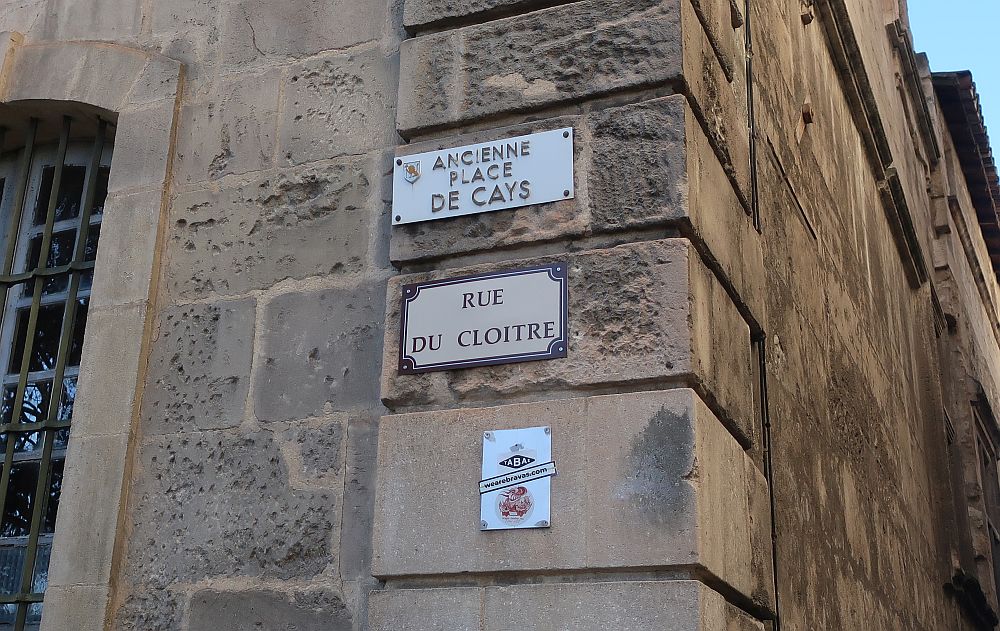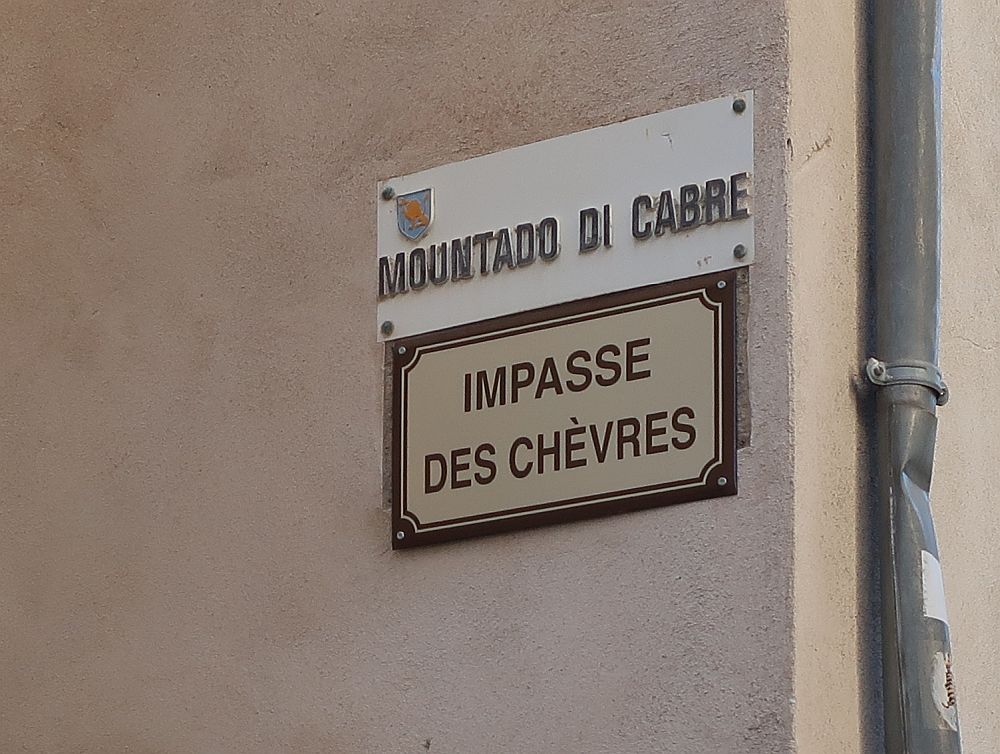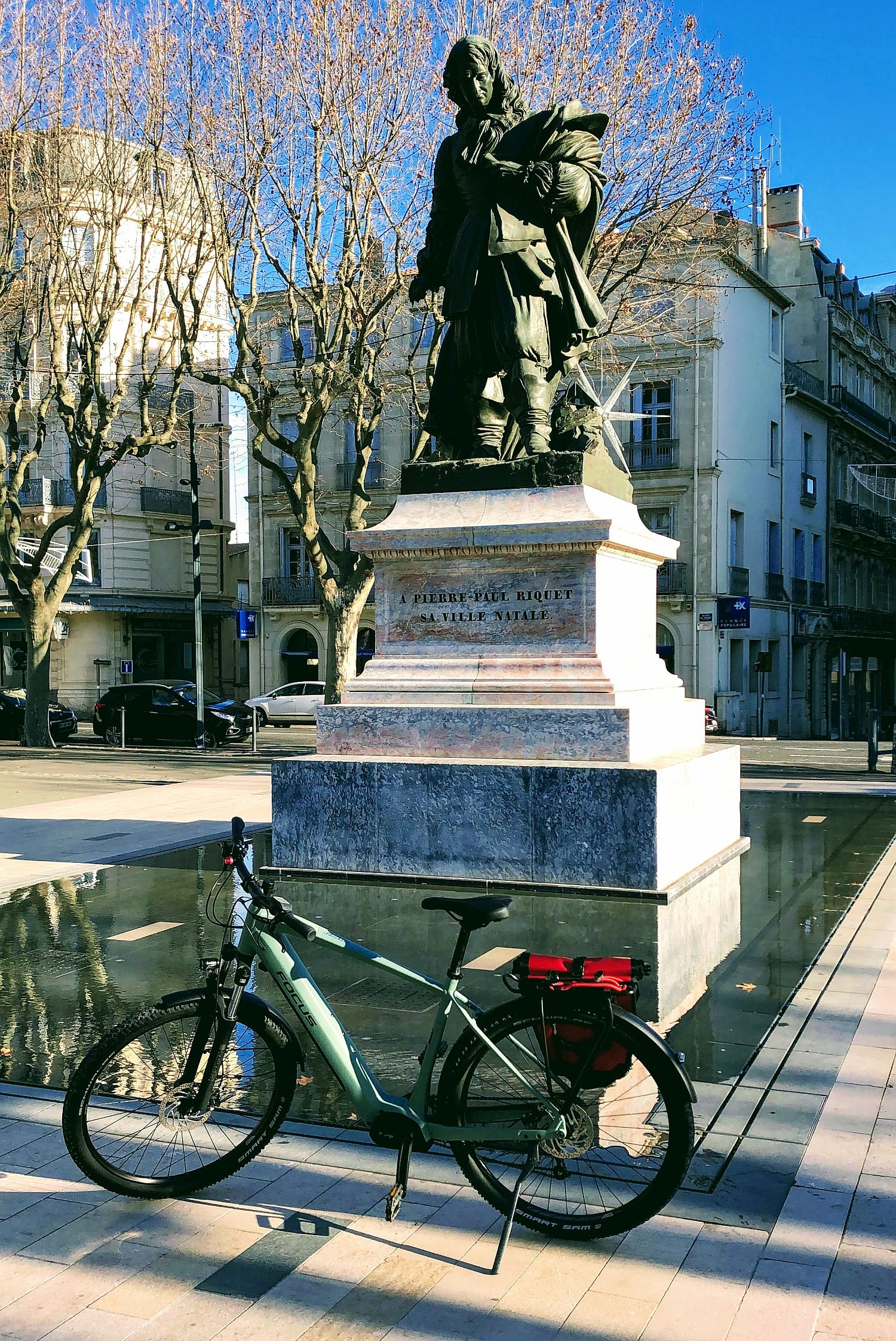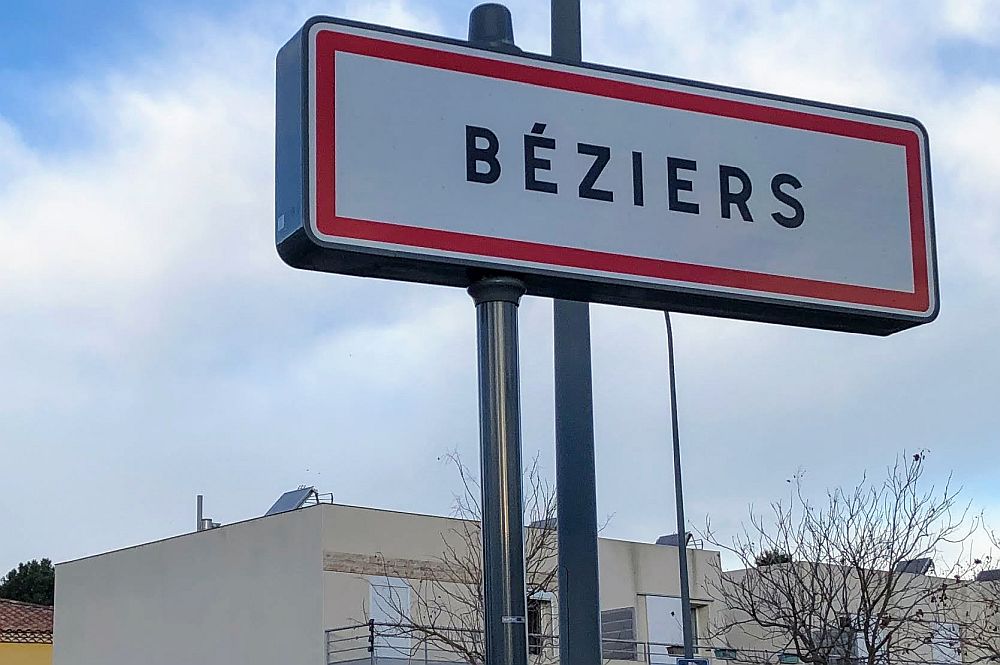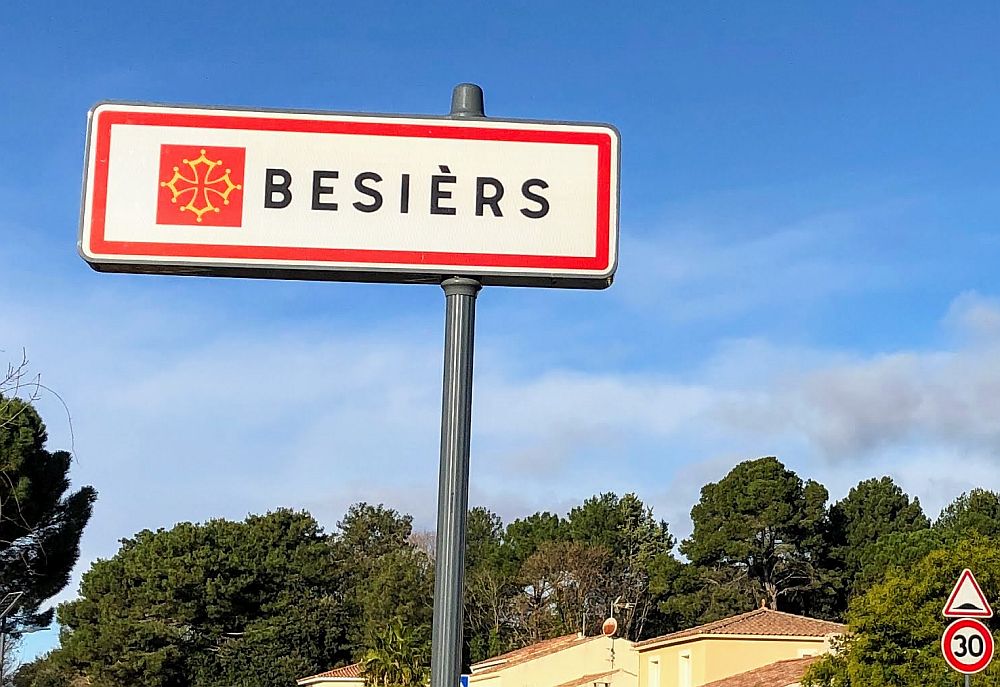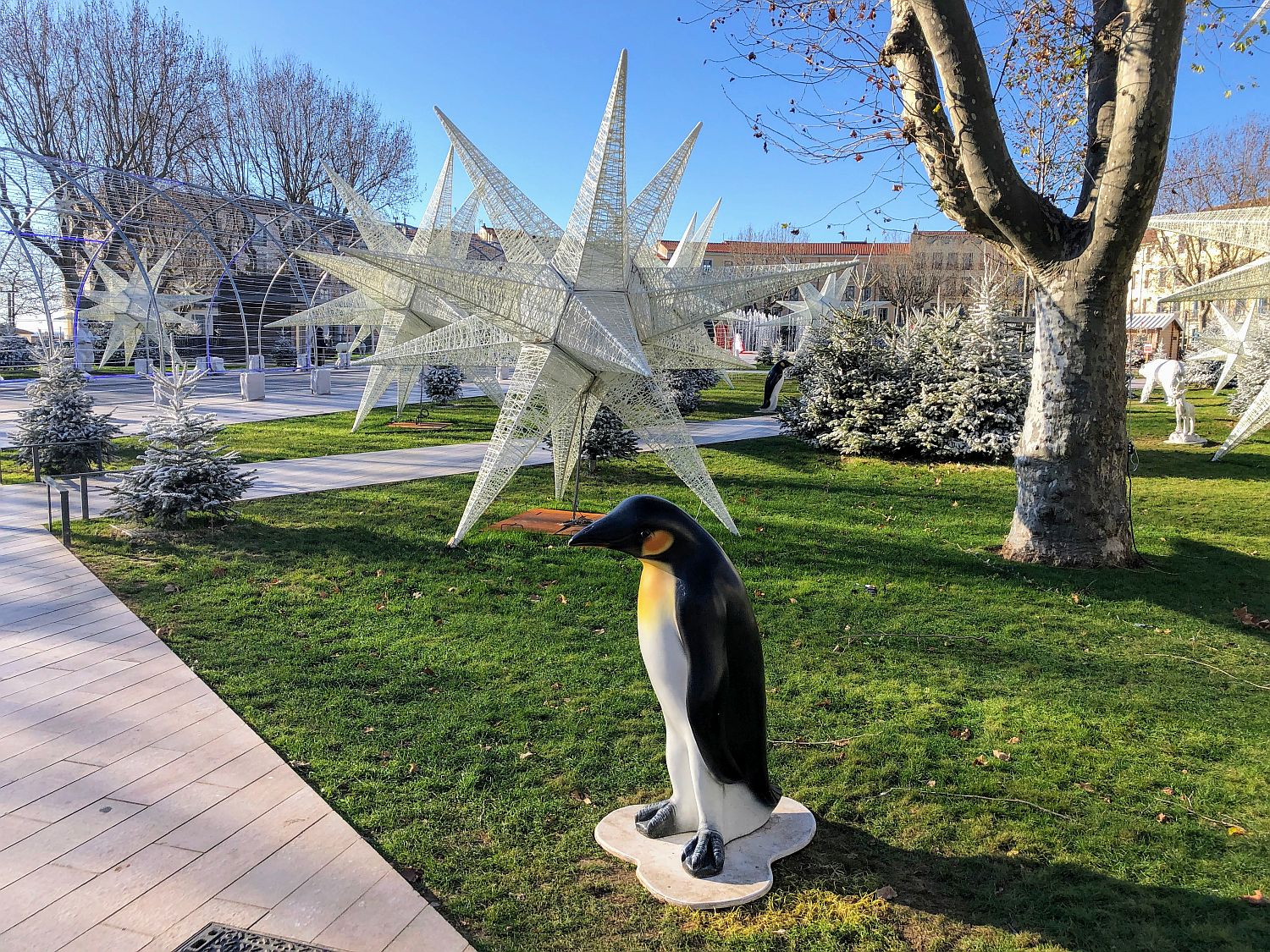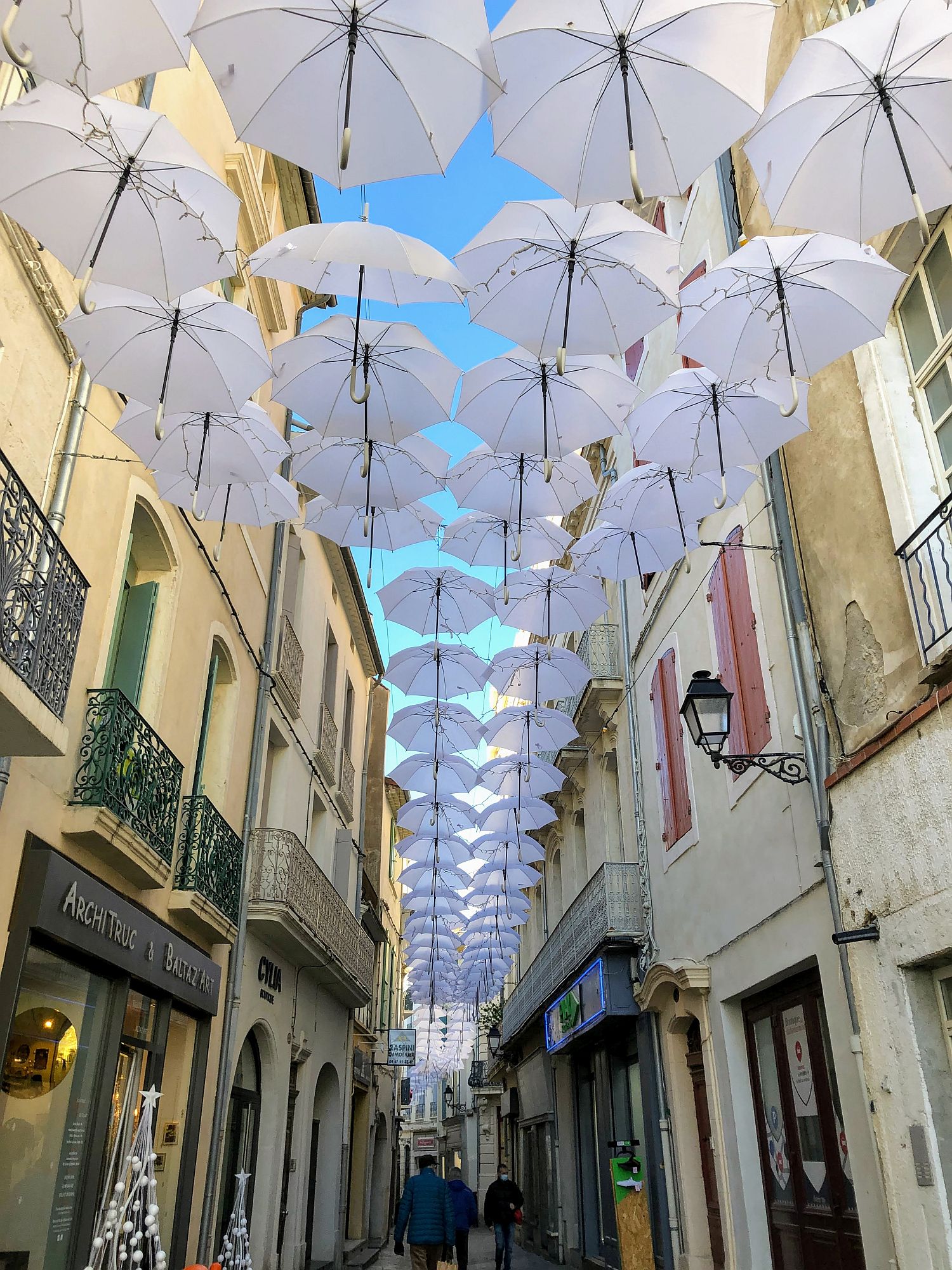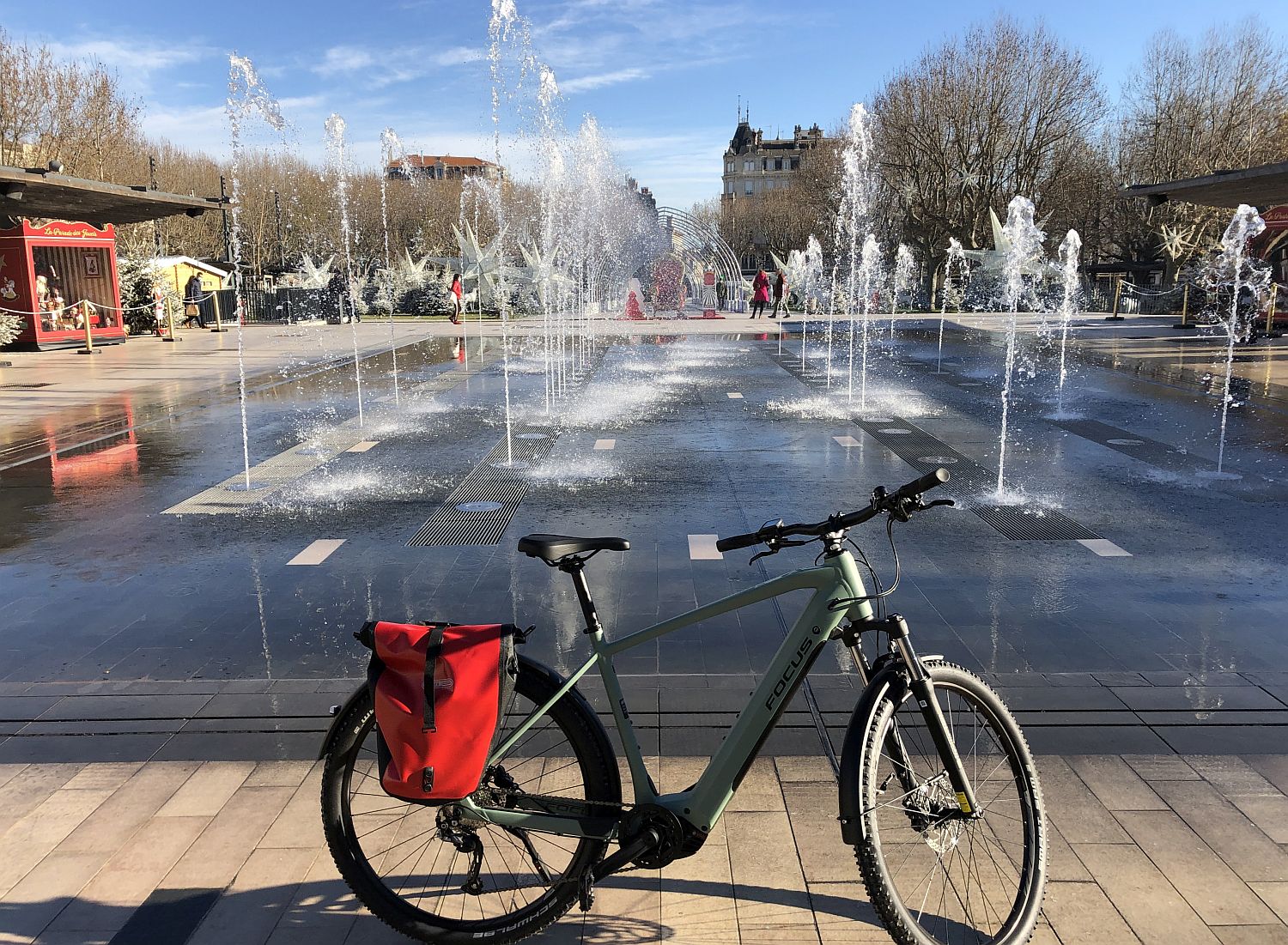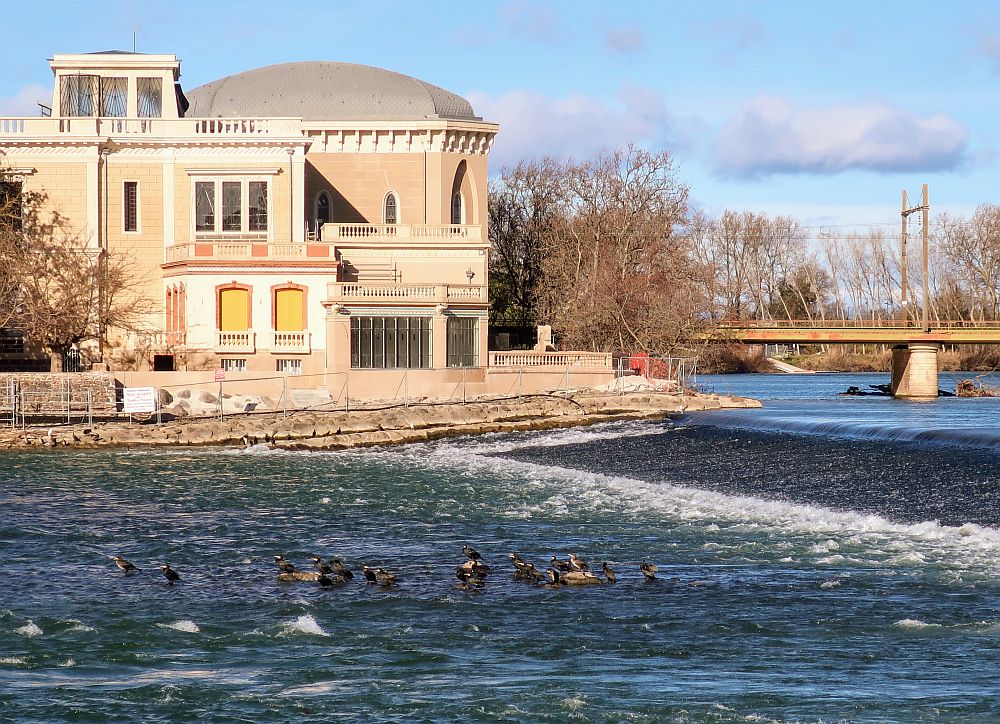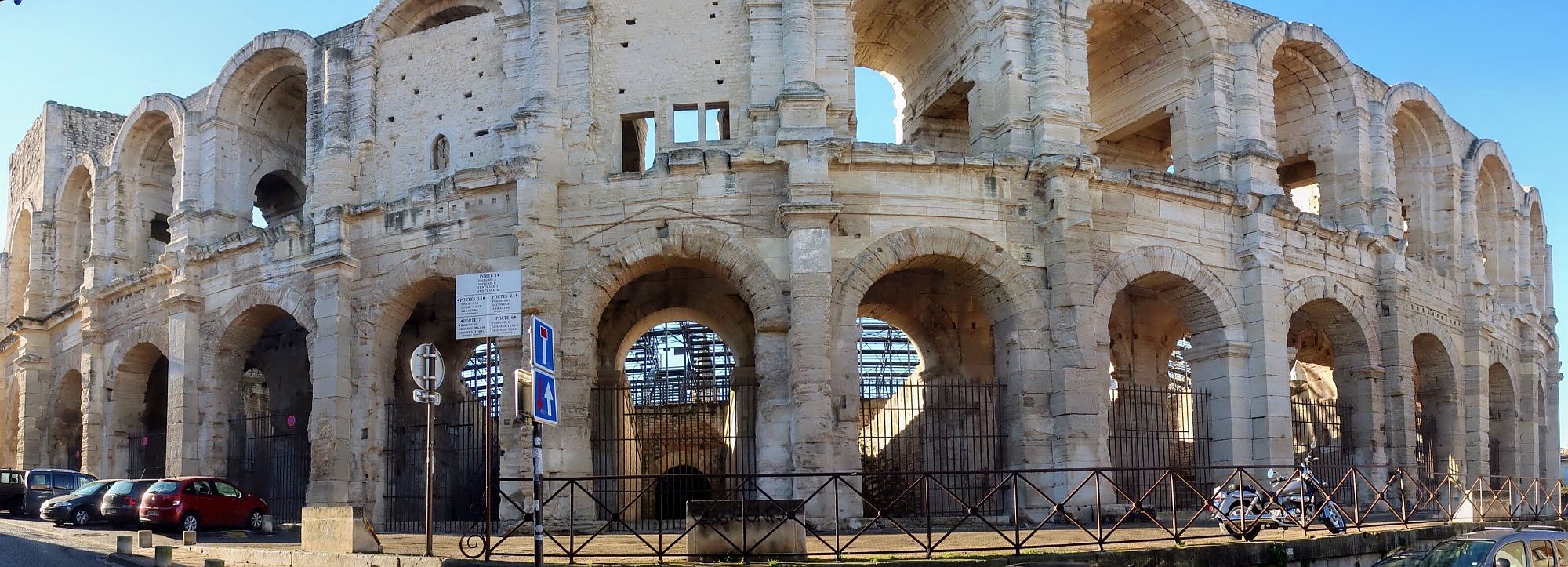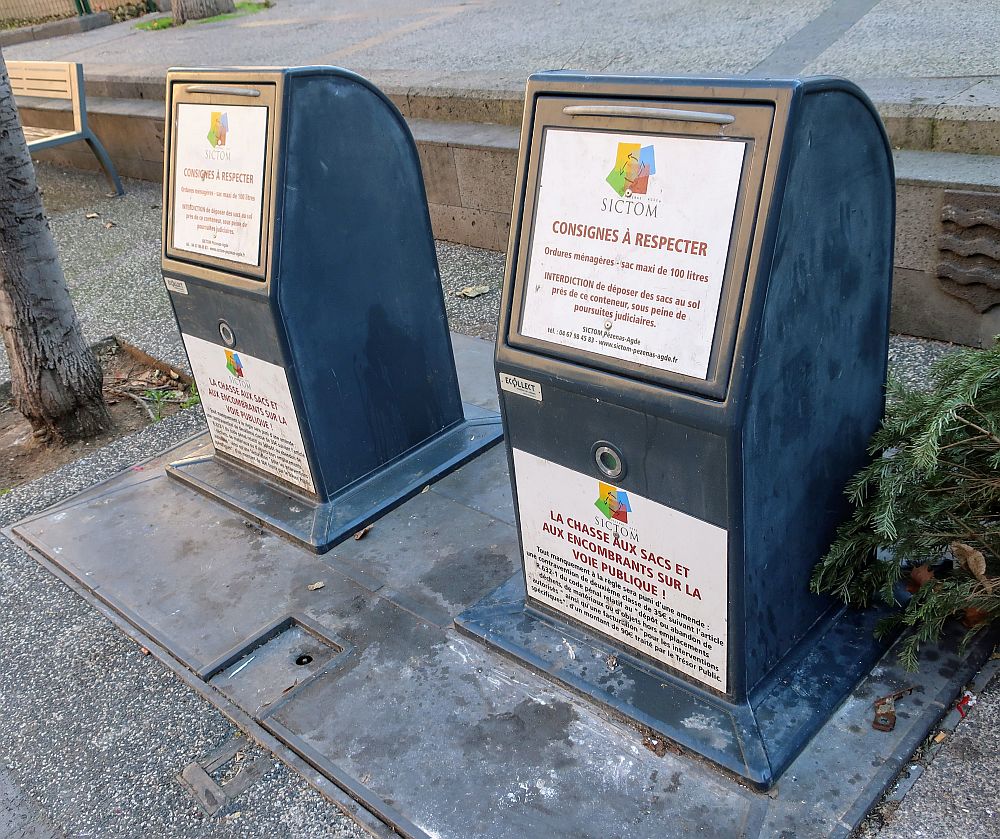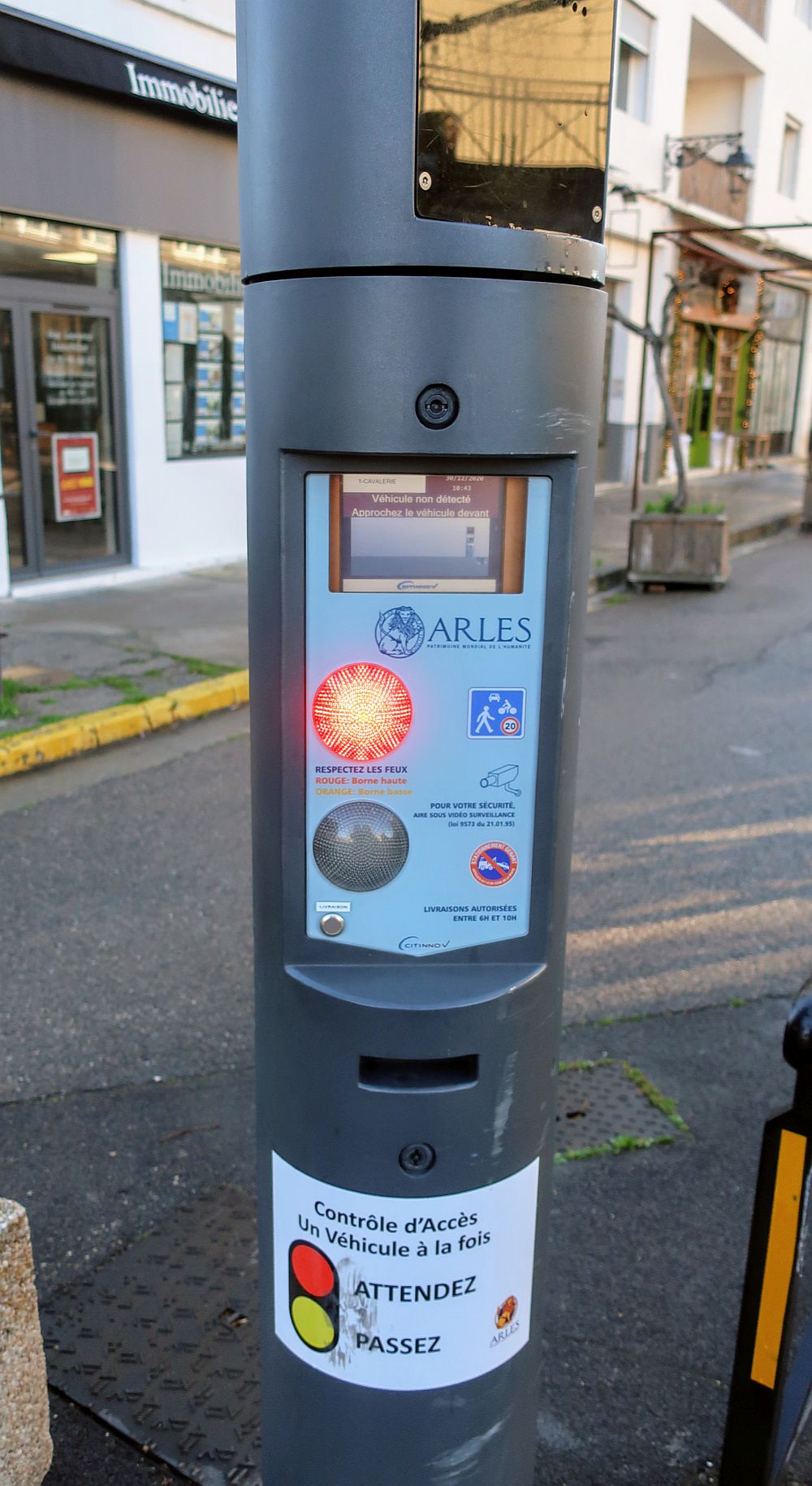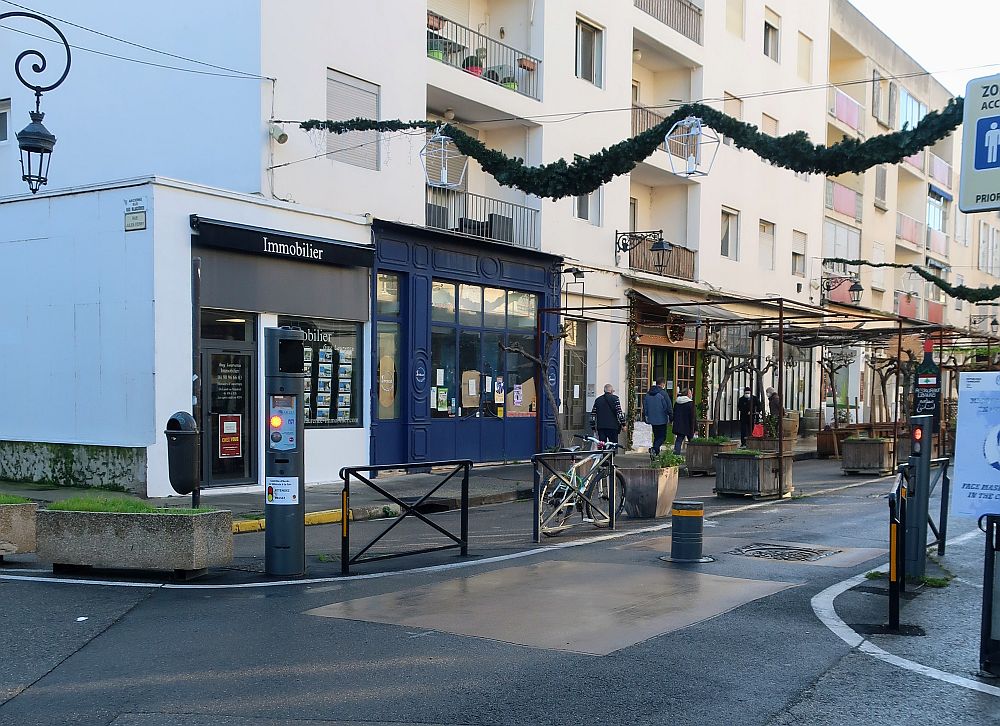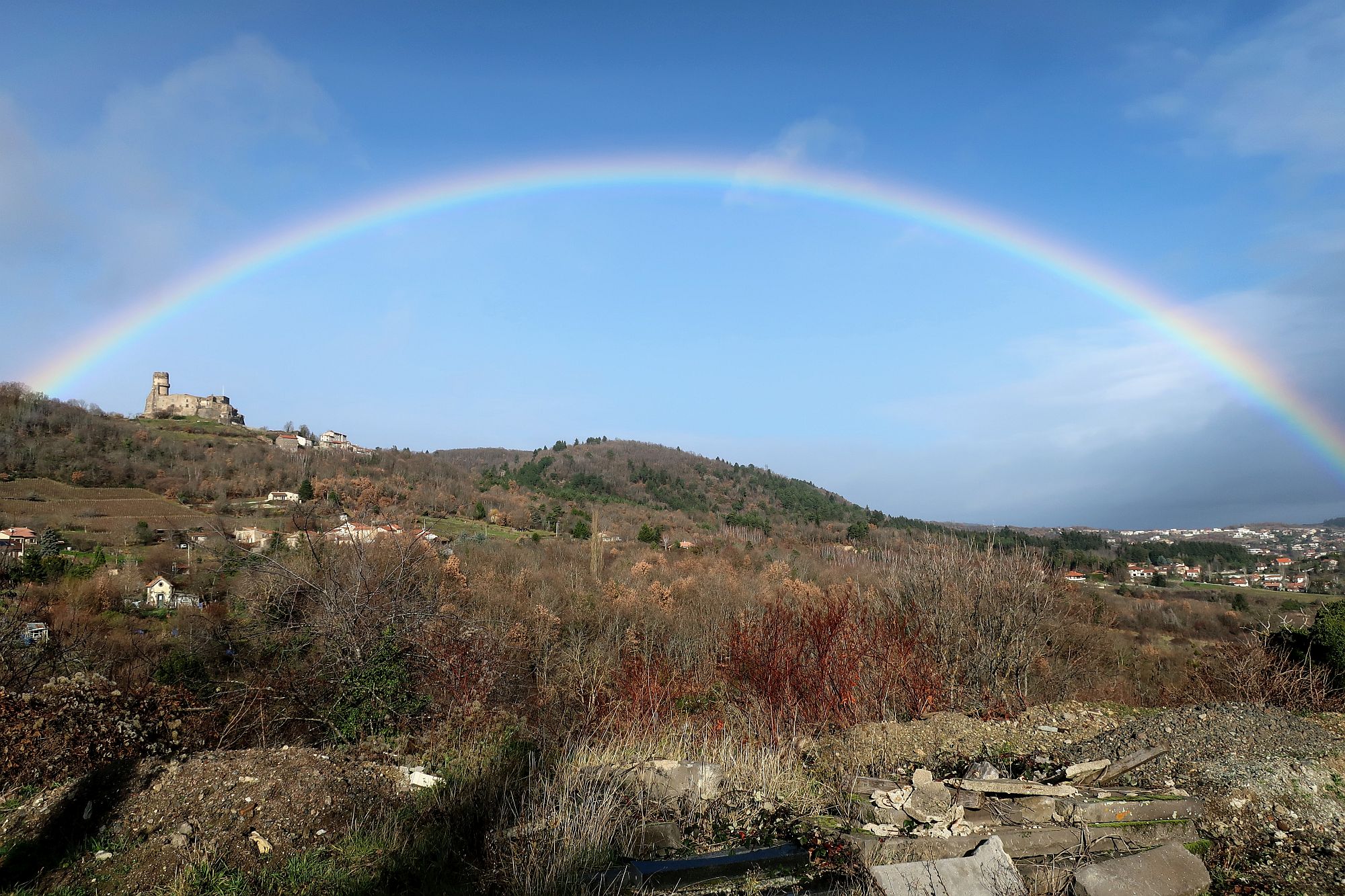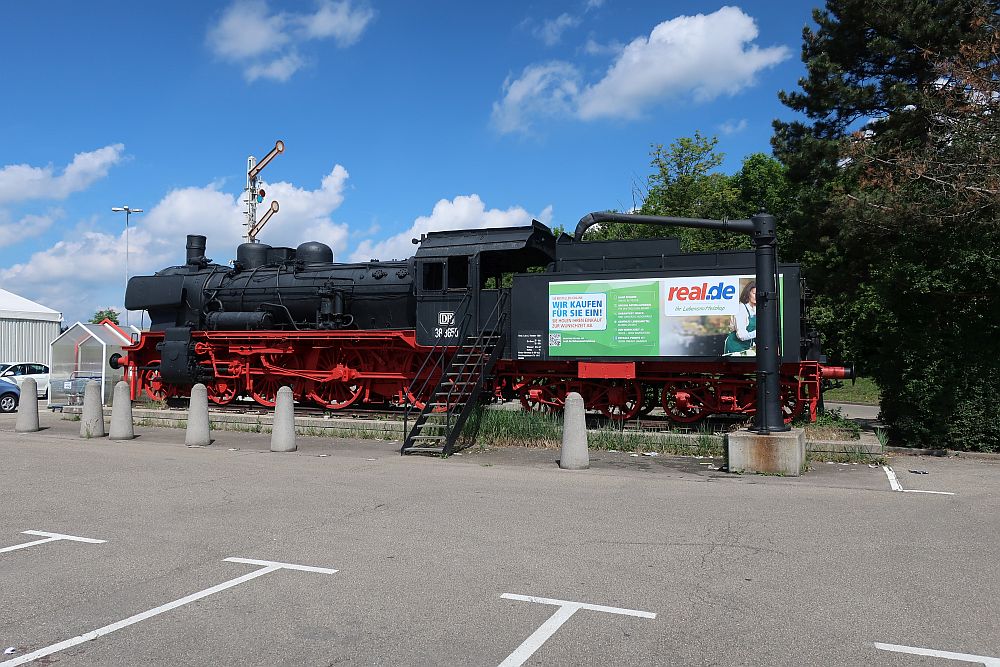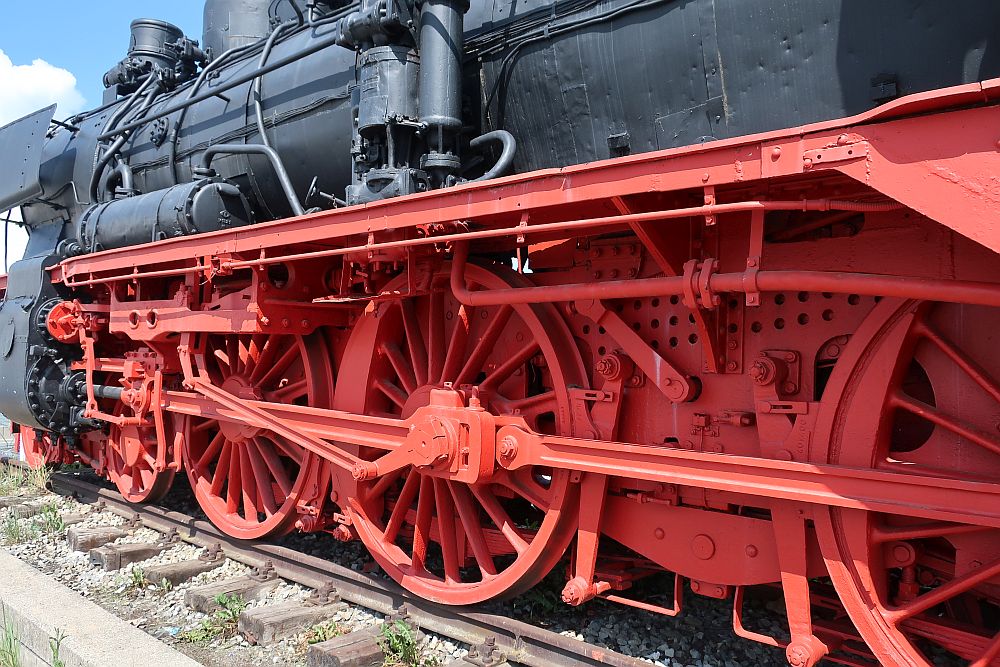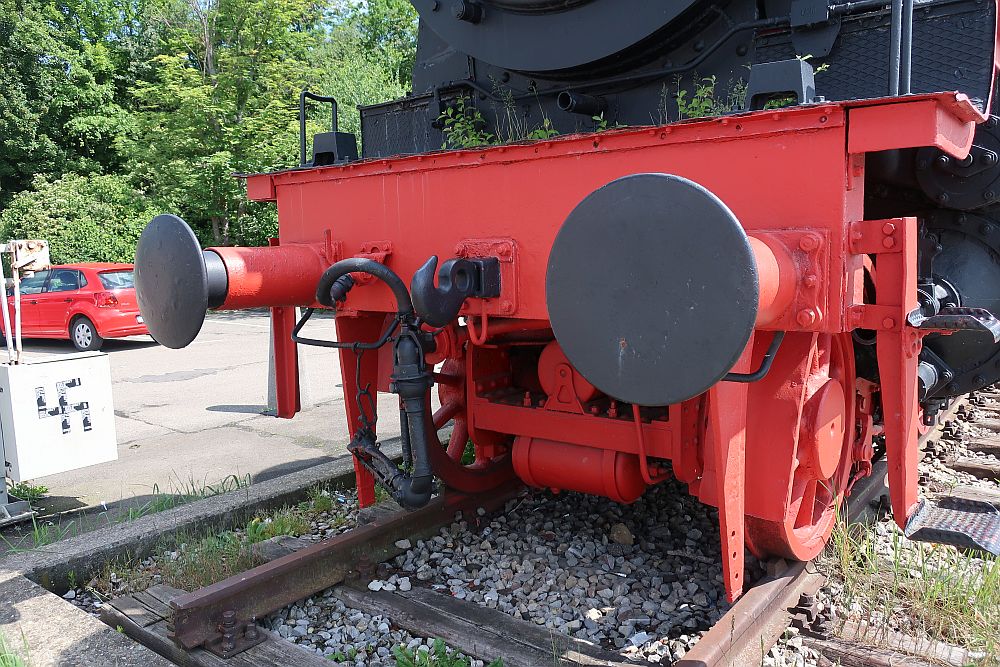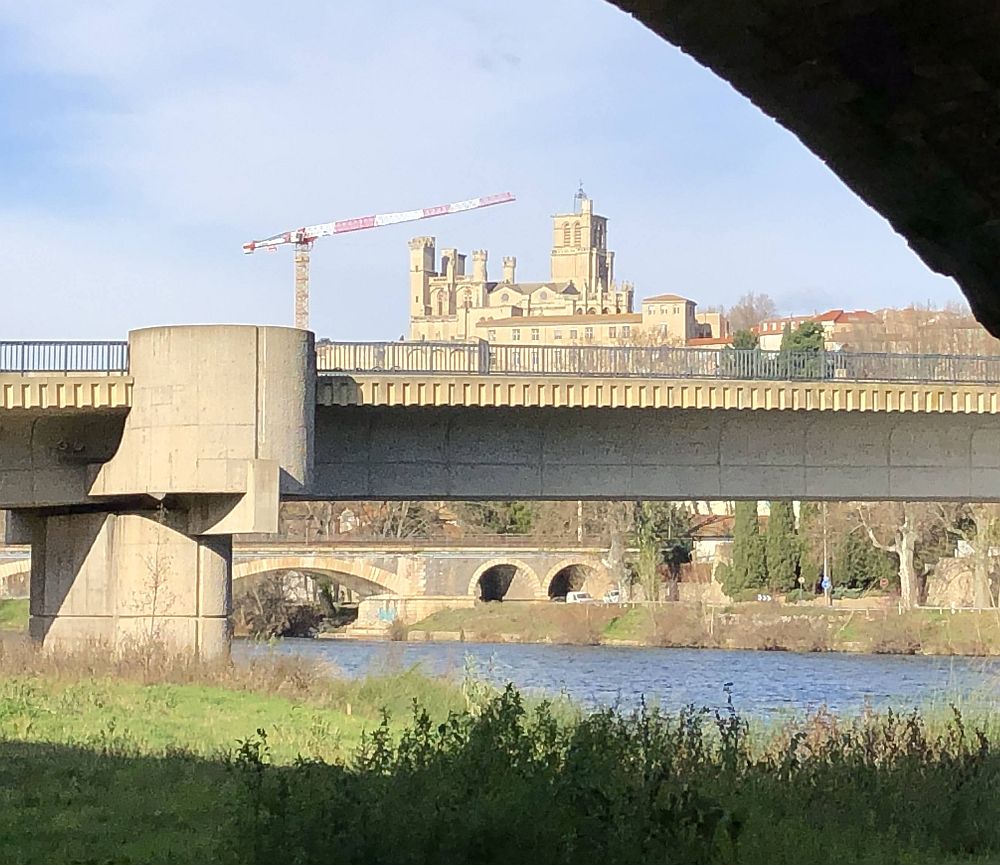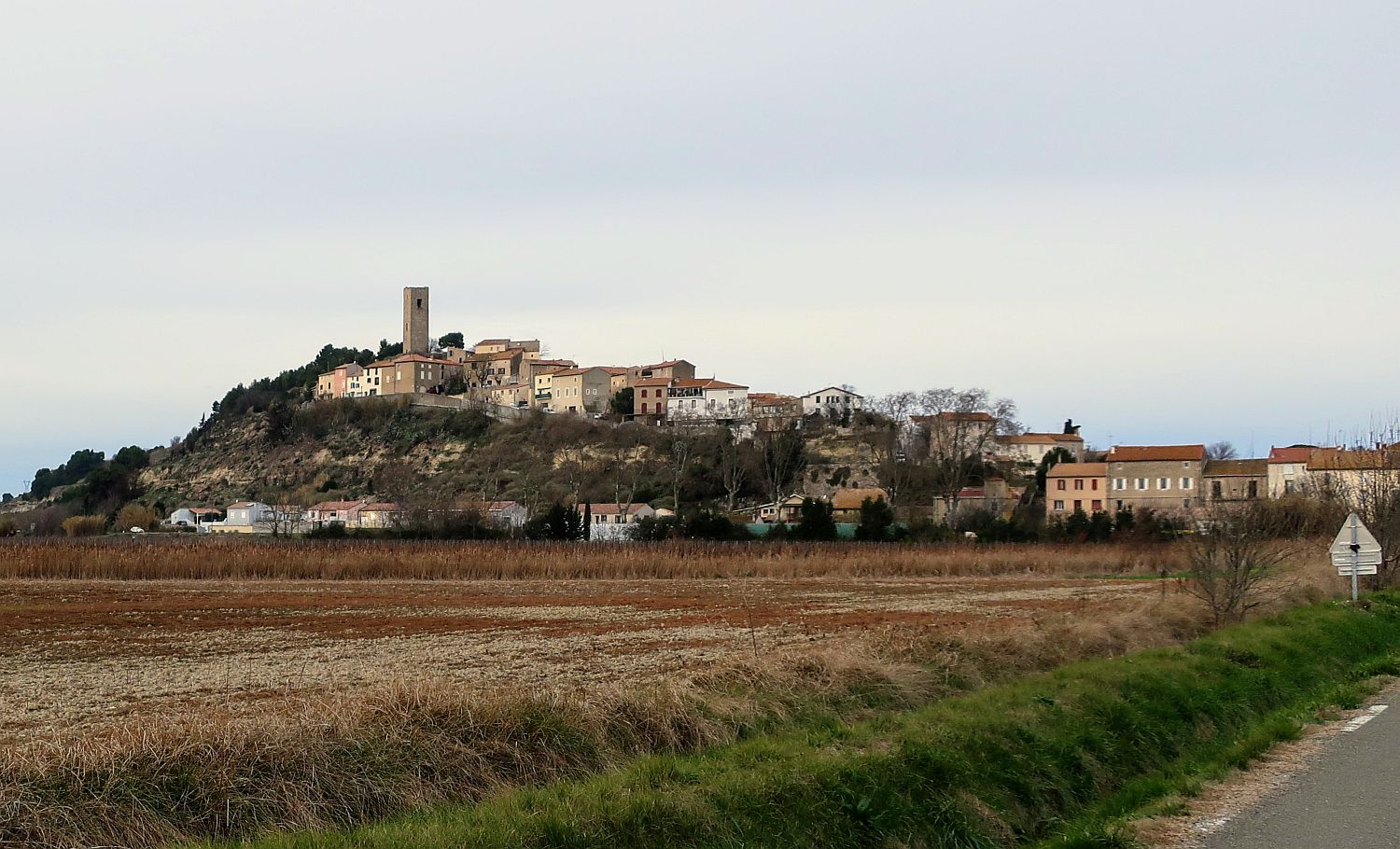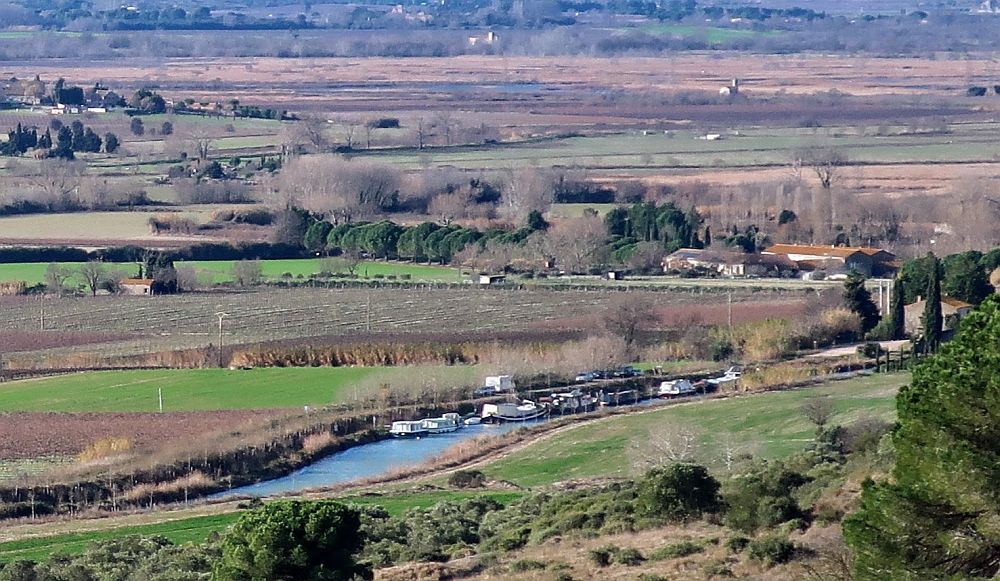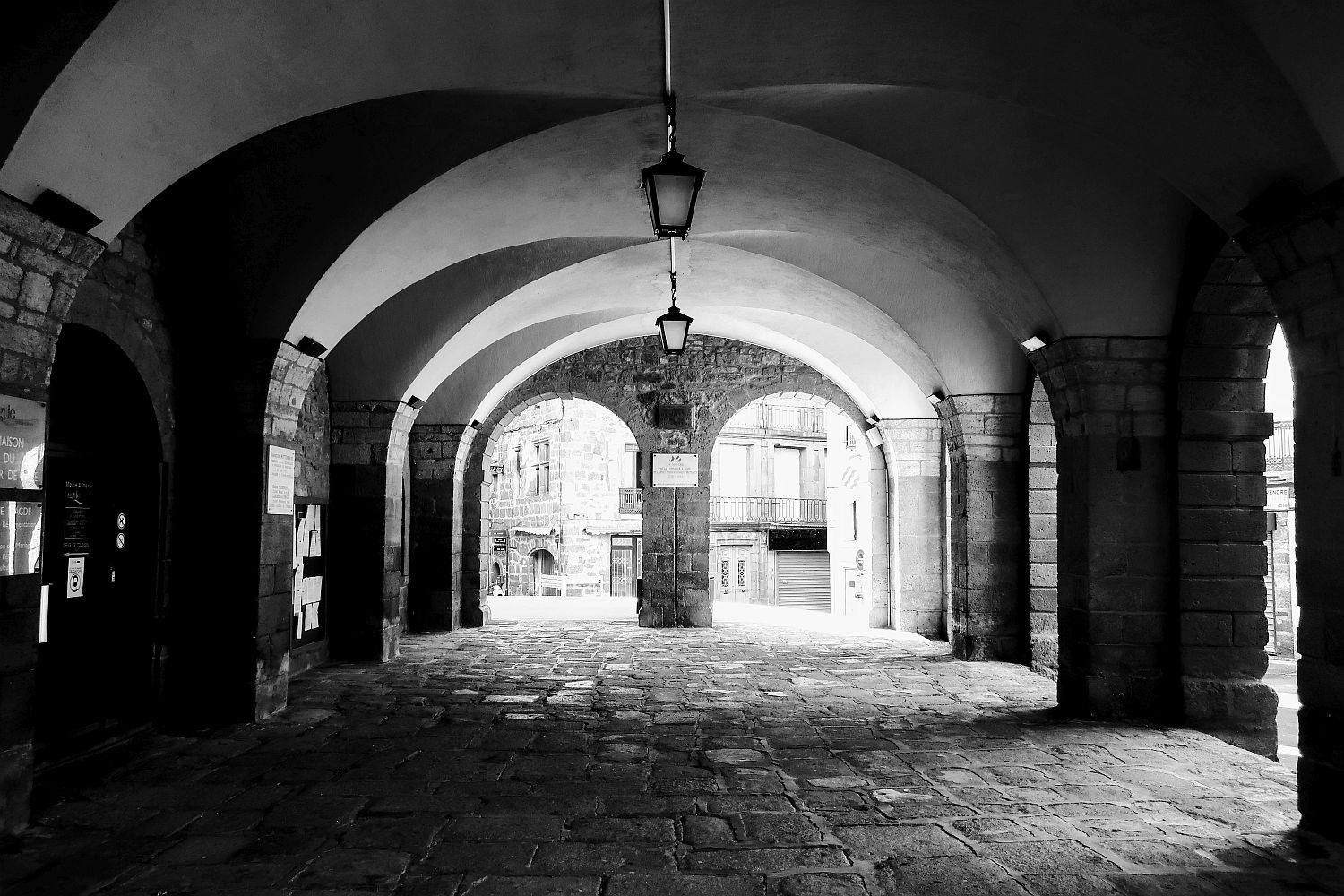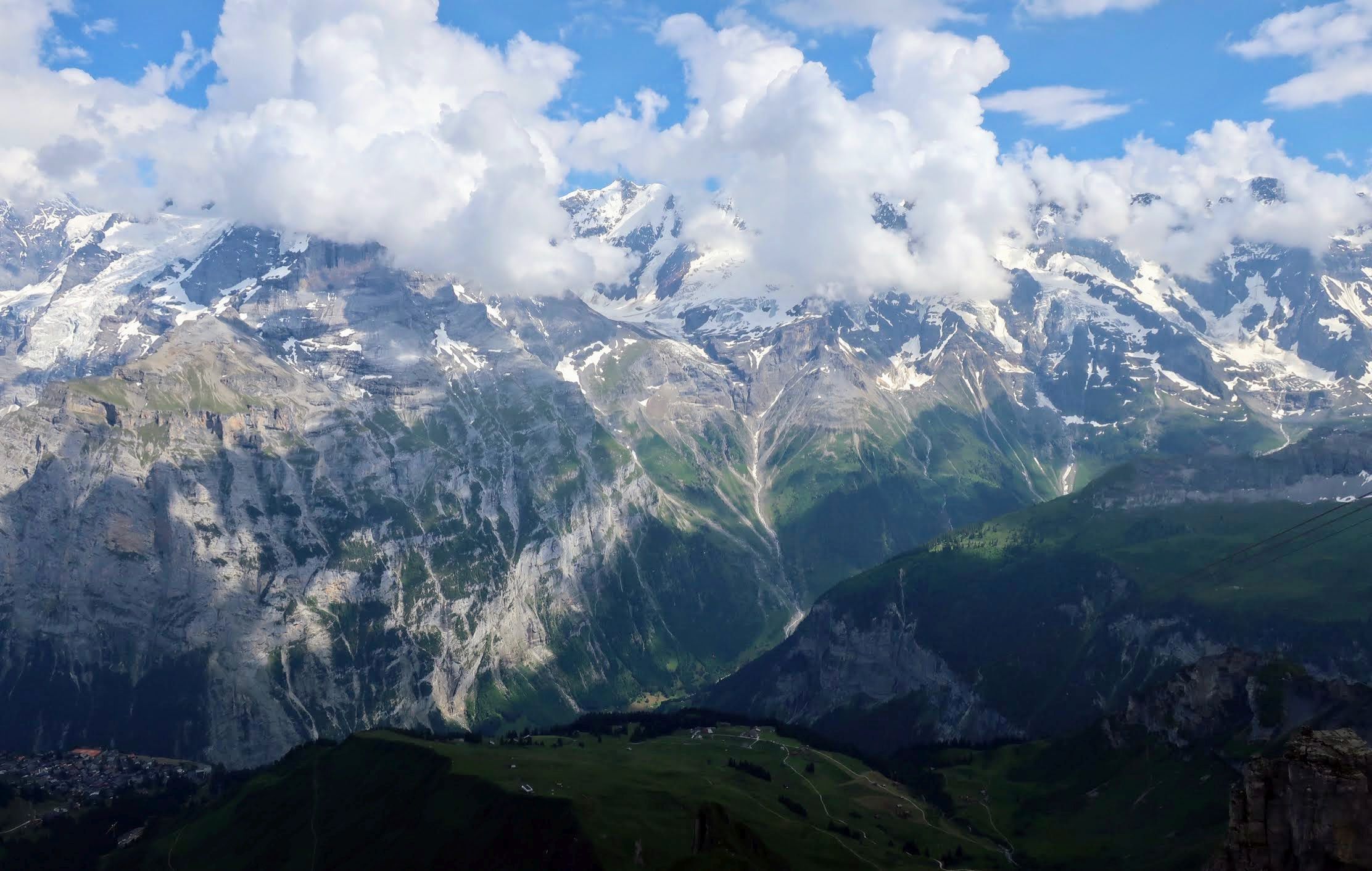Some big rocks to stop the waves of the Mediterranean Sea from eroding the beaches of Fariente Plage, near the southern France village of Saint-Marie-de-la-Mer,
Author: kenritley
Recovering the language of Alsace
Continuing the series, just as I showed the efforts by the French to re-ignite the southern French language of Langue d’Oc, here’s a snap of what’s happening in Alsace, on the border with Germany, where the language of Alsacienne has been falling into obscurity:
I don’t know the statistics, but speaking from experience I have interacted with a large number of people who speak Alsacienne. It’s a bit tricky for me to understand, it seems to be a mixture of French and German – but I can generally follow along and get the gist of what people are saying. Interestingly, in most cases when I’ve interacted with someone speaking Alsacienne and they realize I am struggling, they jump back to French rather than German – so my guess is that French rather than German is the stronger element.
Arles streets in Langue d’Oc – 2
Continuing the series, the southern French are attempting something of a revival of the nearly extinct language of Langue d’Oc. This amazing for two reasons: first, the language is hardly spoken by anyone anymore; and second, we are talking about France, where pride in the French language is so strong even international language like English and Spanish find no acceptance here.
Nevertheless, as you wander around the downtown area of the southern French village of Arles you’ll spot street signs like this:
And like this:
The Rhine Rider at Béziers – 3
Continuing the series, here is a snap of the Rhine Rider in front of a statue of the famous French engineer Pierre-Paul Riquet, who built the famous Canal du Midi that connects the southwestern French city of Toulouse with the Mediterrean Sea.
Béziers in Langue d’Oc
France is intensely interesting, especially when it comes to the language. European countries like Spain and Germany and (especially) Italy are filled with villages, each with their own unique dialect – in some cases, so intense that it is mutually unintelligible to people from outside the village.
France is an exception. Here, standard French is spoken everywhere, there accent differences are only minimal at best – and the dozens if not hundreds of historical dialects that probably existed up until the early part of the 20th century are now – if not totally lost – only spoken by a handful of the older generation.
Regions of France have started initiatives to revive these old languages, such as Alsacienne in Alsace, and Langue d’Oc in Southern France. Given that less than 100K French people speak this language, I find it almost mind-blowing that there is a radio station (Radio Lengadoc) as well as a movement to show signs in both languages.
Here is an artistic a set of snaps I could take for the village of Béziers in Southern France.
Here is the snap for the standard French version:
And here is the Langue d’Oc version:
Interestingly, while listening to Radio Lengadoc I could understand a tiny amount. Langue d’Oc seems to be a combination of Spanish, French, and Catalan.
Interestingly, many of the songs they played had a similar tonal quality to those on a CD that I own of Sephardi Jews in Spain – coincidence?
Béziers Centre Ville
Béziers Centre Historique
The last post showed a snap of the Centre Ville of the southern French city of Béziers, and here is a snap of a typical street in the Centre Historique,
This is a relatively broad street in the Centre Historique. I was amazed to find a very large number of streets that are perhaps no more than 2 meters wide. Perhaps this was done for defensive reasons, since the city is in the south and would have seen many battles and even the Crusades.
The Rhine Rider at Béziers – 2
Continuing the series, here is the Rhine Rider in the Centre Ville of the southern French city of Béziers:
Interestingly the Centre Ville in Béziers is not the same thing as the Centre Historique, sometimes called the Vieux Ville.
Clermont-Ferrand – 2
Hérault birds
Arles Amphitheater
When you think of Roman coliseums, you tend to think of Rome.
But there are many, many coliseums still in existence, many of them scattered throughout France, Spain, Italy, and even in Switzerland.
Here is the best pan I thought I could rama of the Amphitheatre in Arles, in southern France. Interestingly, except for a temporary shutdown due to Covid, the amphitheater like many of them is still in use today, not just as museums but for real events like markets and bullfights.
Pass the city walls through the gateway and into the city center
As artistic a snap as I thought I could take of a colorful building (which a fountain built onto it, no less!) on the north side of the southern French village of Arles, immediately opposing an ancient portal through the medieval city walls:
Although I didn’t stop to ask her, the lady sitting in front does not appear to look homeless. The lady (femme in French) is just sitting (s’asseoir in French) with a face mask (masque in French), drinking a coffee (prendre un café in French), smoking a cigarette (fumer une igarette in French), while reading her mobile phone (mobil in French).
At the time I was there it was required to wear a face mask when anywhere in the downtown area (masque obligatoire in French).
Garbage in Agde
Continuing the series, here are some underground garbage receptacles in the southern French village of Agde,
A true urban mystery, worn around the edges
At first I just casually stepped over this manhole cover in the southern French village of Arles. But then I thought to myself – do they still call it a “manhole” in this day and age, and if they do, what’s is it called in French?
But then I noticed it was worn on one side, as you can see below:
This was a true mystery to me. Probably, it was worn by the tires of cars that pass over it – a logical explanation because the cover sits just to right side of the street.
But if you stop and really think about modelling this behavior, it makes less and less sense. If the metal could really be worn away by the rubber of car tires, why wouldn’t more of the cover be worn?
No, what is more likely the case is indicated by the bits and pieces of asphalt that are stuck to other places on the cover. Probably, the cover was laid, the street was covered in asphalt, and the cover was then exposed, possibly using a sandblaster.
The amazing, mind-boggling “Traffic Stoppers of France”
Sit down, get ready, and prepare to enjoy an exciting treat!
First, have a look at this. It is an object you will see in many French cities. What is it, you may ask yourself? What could it be?
Well, it is something of a sentry or sentinelle as the French may say, standing stoically in rain or shine, and carefully guarding which cars and vehicles have access to the downtown area.
For, when you step back a bit and see this French intersection, you’ll see a post in the middle of the street, preventing traffic from entering the downtown area:
But, for the vehicles that are on the access list, the sentinelle causes the post in the street to lower, so that you can drive into the downtown area.
Personally I think technology like this is quite behind-the-times. You need to travel to a truly modern country like China to see how they use vehicle recognition technology in all sorts of applications.
Rainbow over the castle
A real locomotive . . . at REAL
There is a chain of hypermarkets in Germany called Real – a tad smaller (well, considerably smaller) than Walmart or even Carrefour in France. OK, so let’s just call them “big supermarkets that sell other things, not just food.”
The Real located in Böblingen, Germany has – for reasons I do not know but are on my bucket list to find out – a steam locomotive in their parking lot.
Here’s what it looks like from the side:
The locomotive has been – every time that I have visited at least – been open to the public, so you can climb up and check it out from in the inside. I don’t have any snaps of the inside, but here is a close-up of the wheel assembly:
And I thought the boiler tank was quite interesting:
But to me the two most amazing things are the front of the train, which uses exactly the same bumper technology and connection technology that you find on trains today:
And the writing on the side of the train, just like you find on trains today:
Those amazing Swiss bunkers
If you’ve ever been to the Berner Oberland in Switzerland then you know how it is. The Swiss built a tremendous number of fortifications deep within the country of Switzerland, far from any borders, so that if the Germans attacked from the north, they could retreat to the center and – in a sort of scorched earth policy – destroy bridges and roads to prevent German egress into the center.
Here is an incredible sight for anyone driving into Interlaken:
Including a close-up of one of the bunkers, including the picnic bench which I think adds a nice, homey touch:
World’s dumbest bridge with a canal over my head!
As artistic a snap as I thought I could take of the arguably the world’s or at least France’s bridge with the dumbest name (Pont Vieux, which translates to Old Bridge), but, in this case, with the world famous French Canal du Midi about 5 meters above my head in the southern French village of Béziers,
Yes, that is a canal over my head (or in engineering terms, an aquaduct for boats) that traverses the River Orb.
France underwent an explosion of canal building in the eighteenth and nineteenth centuries, and there are many spectacular examples of canals that traverse rivers or other obstructions.
Winterthur church
As artistic a photo as I thought I could take of the Stadtkirche Winterthur, dating back to the thirteenth century (the church, not my photo),
Just for the sake of transparency, I squared up the image a bit using the SKRWT app on my iPad.
It reminds me of Ansel Adams in two ways: not only is it a black and white snap of a church, but I captured it while just waiting around outside before my dentist’s appointment (my dentist asked his patients not to arrive early for their appointments, due to Covid). Ansel Adams was known to take a little point-and-shoot Polaroid camera everywhere he went – and although I don’t put myself in his category, just about all the snaps he took on that little Polaroid are now hanging in museums.
Montady on the hill
As artistic a snap as I thought I could take of the quaint little village of Montady, just on the northern edge of the mind-blowing Étang de Montady in the southern French countryside near Béziers,
The incredible Canal du Midi
The Canal du Midi was an incredible public works project engineered by Paul-Pierre Riquet in the eighteenth century. Here you can see it running across the Béziers countryside in southern France,
As this blow-up shows, today it’s mainly used for recreational boat traffic including houseboats,
Agde archway
As artistic a snap as I thought I could take of an archway through a medieval building in the southern French village of Agde,
Where Switzerland meets Germany
Well, this place isn’t anywhere close to where the border of Switzerland touches the border of Germany. But it is in the north central Swiss town of Schaffhausen, which is the largest village and natural embarkation and debarkation point for train travellers arriving from or travelling to Germany.
And you can see that in this magnificent train station, with the “Schweizerische Bundesbahnen” on the left, and the “Deutsche Bahn” on the right.
To me it is also a powerful reminder of the two very different cultures: literally translated Schweizerische Bundesbahnen means Swiss Federal Railroads – a collection of different companies united equally into a larger framework – and the Deutsche Bahn, just one company.
High above the Lauterbrunnen Valley
I think this is my snap. I hope this is my snap. But I am not really sure. Reason? I use Google Photos – and Google Photos has a very nasty habit of sucking up all photos that it finds on my device, including what other people post in apps like WhatsApp. But if it is not my photo it is surely a scene I’ve seen dozens of times since moving to Switzerland


